The winning entries in the 2018 Global Physics Photowalk competition have been revealed.
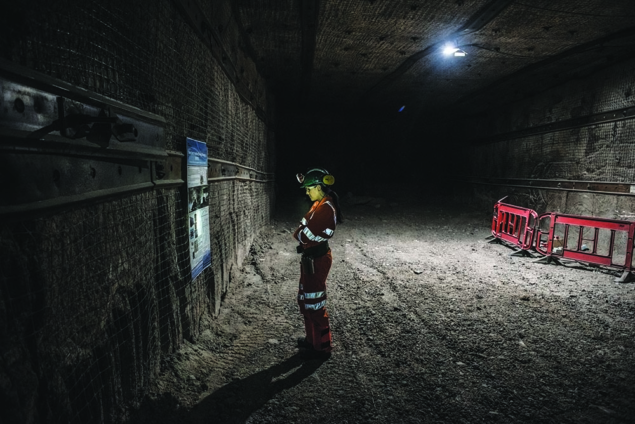
The 2018 Global Physics Photowalk brought hundreds of amateur and professional photographers to 18 laboratories around the world, including CERN, to capture their scientific facilities and workforce. The science of the participating labs ranges from exploring the origins of the cosmos to understanding our planet’s climate, and from improving human and animal health to helping deliver secure and sustainable food and energy supplies for the future.

Following local competitions, each lab submitted its top three images to the global competition. A public online vote chose the top three from those images, and a jury of expert photographers and scientists also picked their three favourites. The photowalk was organised by the Interactions collaboration, and was supported by the Royal Photographic Society and Association of Science-Technology Centers (ASTC). The winning entries, shown here, were announced on 30 September at the ASTC annual conference in Hartford, Connecticut.
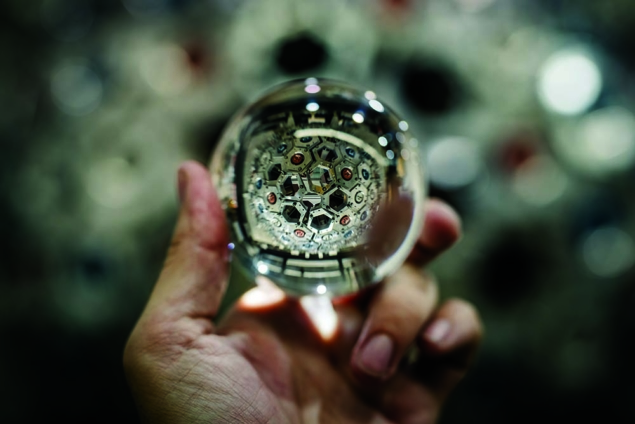
Simon Wright bagged first place in the expert jury’s choice with this shot taken at the UK’s STFC Boulby Underground Laboratory, which is located 1.1 km underground in Europe’s deepest operating mine and contributes to the search for dark matter. The photograph captures STFC’s Tamara Leitan as she scanned an information board at the lab. To highlight Leitan’s face, Wright used a miner’s lamp instead of a flash to minimise interference with light reflected from the safety equipment that workers must wear at the mine.
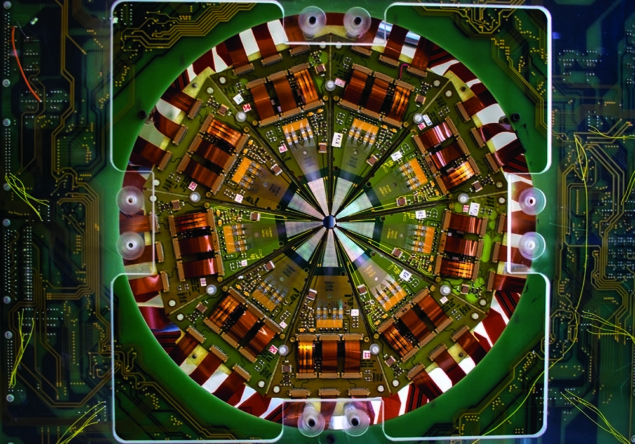
Simon Wright received another award, this time third prize in the people’s choice category, for this image of green fluorescent lighting at an underground tunnel at the UK’s STFC Chibolton Observatory, which is home to a wide range of science facilities.
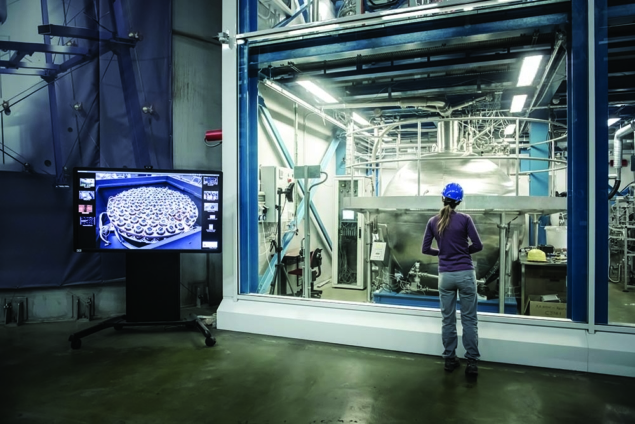
Jon McRae took third place in the expert jury’s selection, as well as second place in the people’s choice, for this photo of the DESCANT neutron detector at Canada’s TRIUMF laboratory. The detector can be mounted on the TIGRESS and GRIFFIN experiments to study nuclear structure. Holding a small, spherical lens between the camera and the detector array, McRae recreated a miniature simulacrum of DESCANT in the crystal-clear glass ball.
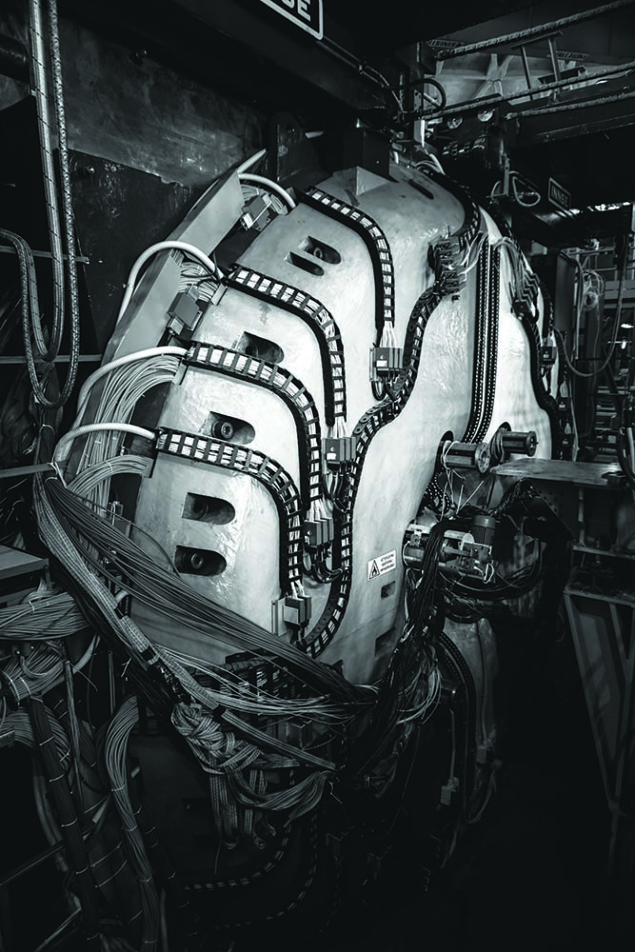
Stefano Ruzzini won the expert jury’s second prize for this photograph of a silicon-strip particle detector, which was first used in CERN’s NA50 experiment but is now at Italy’s INFN Frascati National Laboratories. The photo was praised by the judges for portraying the three-dimensional aspect of the detector.
This picture from Gianluca Micheletti was also awarded third place in the expert jury’s selection. It shows a researcher observing the XENON1T dark-matter experiment at Italy’s INFN Gran Sasso National Laboratories. The judges commended Micheletti’s composition of the image in evoking the sense of curiosity at the heart of physics.
Luca Riccioni snapped a picture of the KLOE-2 experiment at Italy’s INFN Frascati National Laboratories, which recently concluded its data-taking campaign at the DAΦNE electron–positron collider. The photograph was awarded first place in the people’s choice category.








